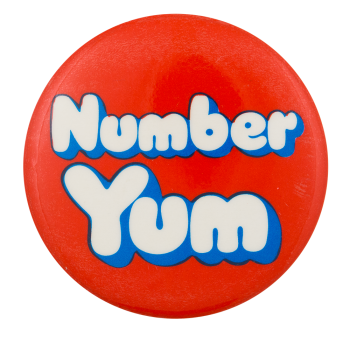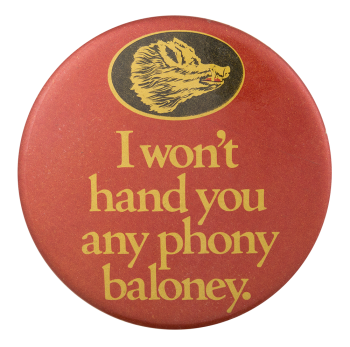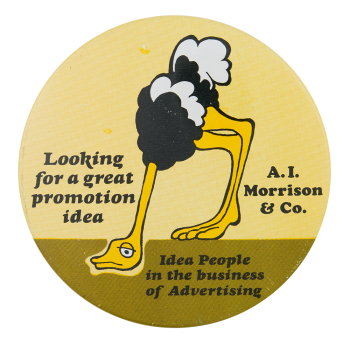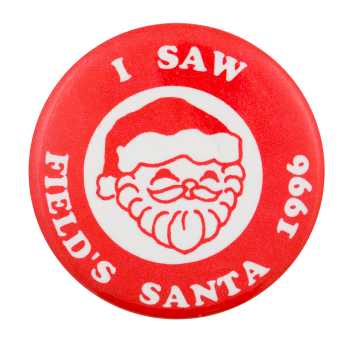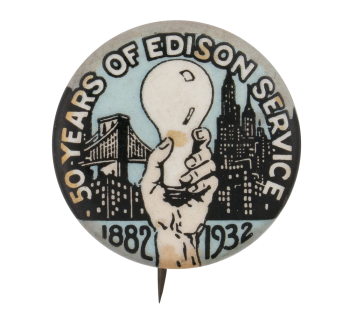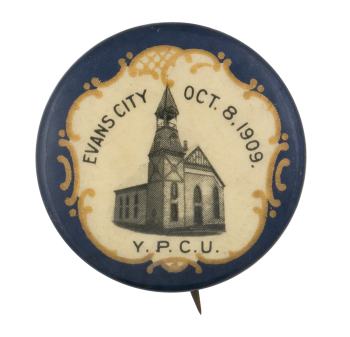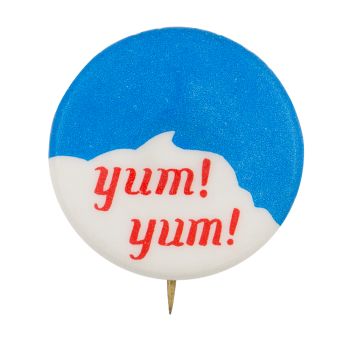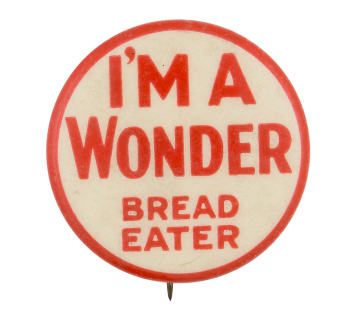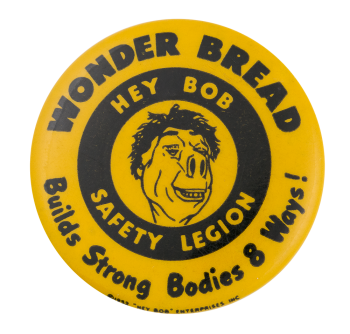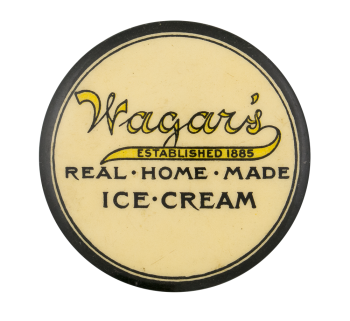Bubble Yum Number Yum
| Category | |
|---|---|
| Additional Images | |
| Sub Categories | |
| Text on Button | Number Yum |
| Image Description | Red background with white text and blue shadowing. |
| Back Style | |
| The Shape | |
| The Size | |
| Year / Decade Made | |
| Additional Information | Introduced in 1973 by Life Saver’s Inc., Bubble Yum bubble gum was known as the first soft bubble gum to be marketed in the United States. Bubble Yum switched hands in a buy-out of Life Saver’s Inc. by the Nabisco corporation in 1981, and then by Hershey in 2000. A rumor began in 1977 that claimed the softness of Bubble Yum was because the company used spider eggs in the recipe. This sent shock waves through the Life Saver company as they tried to put the rumors to rest spending nearly $60,000 in newspaper advertisements cautioning people not to believe lies they hear. A prize contest was run in 1979 to be “Number Yum.” In order to enter, children had to watch a Bubble Yum commercial on TV and count how many times the phrase “Number Yum” was used. The winner would get a dream room which included a fully loaded jukebox and a Brunswick pinball machine. The “Number Yum” slogan was used continuously in print ads until roughly 1984. |
| Sources |
BUBBLE YUM Bubble Gum: Hershey's Products. (n.d.). Retrieved from https://www.hersheys.com/en_us/our-brands/bubble-yum.html Bubble Yum Dream Fun Room. (2011, April 4). Retrieved from http://fourcolorpromises.blogspot.com/2011/04/ People Staff. (1977, April 18). With Crazy Rumors Abroad, the Sales of Popular Bubble Yum Get It Right in the Kisser. Retrieved from https://people.com/archive/with-crazy-rumors-abroad-the-sales-of-popula… |
| Catalog ID | AD0628 |

